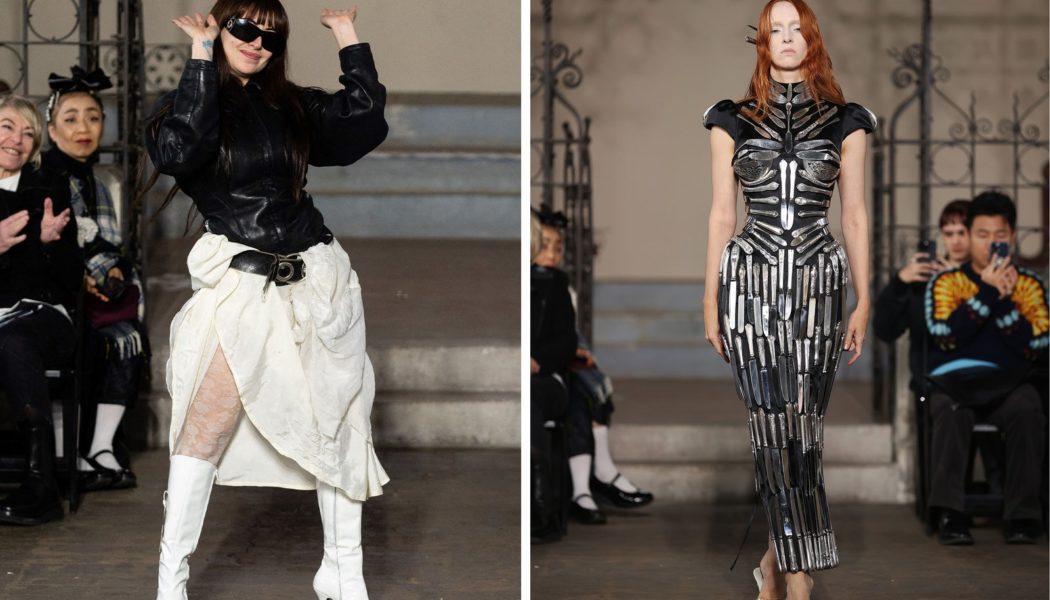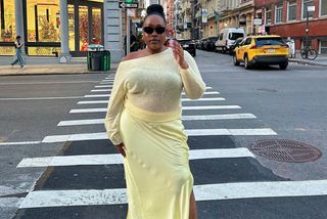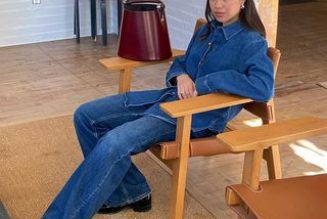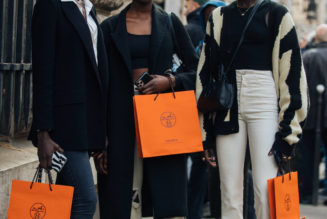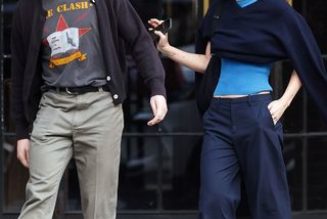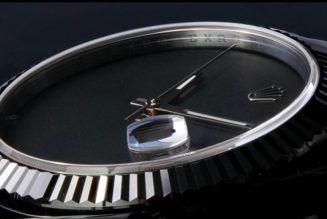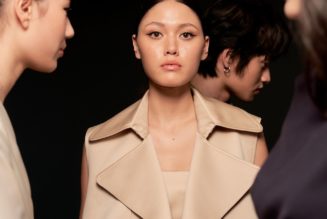As fashion editors, commentators and buyers took to social media to spotlight their favourite women designers, it became clear that the imbalance isn’t due to a lack of talent. The Met Museum’s upcoming exhibition, Women Dressing Women, opening in December, will feature pieces from over 70 designers including Jeanne Lanvin, Elsa Schiaparelli, Iris van Herpen, Rei Kawakubo and Simone Rocha.
Turkish-born, London-based designer Dilara Fındıkoğlu was an industry favourite to replace Burton at McQueen. Martine Rose and Grace Wales Bonner, who both run successful labels, were rumoured contenders for the Louis Vuitton men’s role, which went to Williams in February. Why are these women being overlooked?
“The call is coming from inside the house, and it’s from the top,” says stylist and Perfect Magazine’s creative director Jeanie Annan-Lewin. “And, the people who are at the top pay very little attention to women and pay absolutely no attention to POCs. And, if you’re a woman and a POC, it’s kind of game over.”
Rose, Wales Bonner and Fındıkoğlu have never commented on whether the rumours were true of their possible recruitment at major labels. Annan-Lewin says the lack of diversity across luxury groups is a vicious cycle. More recently, appointments to creative director roles have been promotions from within the ranks of a brand’s design studio as flashy young designer appointments (all of them, notably, men) haven’t panned out. Promoting from within reduces the odds that diversity or a fresh perspective is considered. Past designer turnover may also send warning signs to young women and POC designers to consider the roles at all.
“Why would you give up your own thing to go and work for Vuitton if you don’t think that they’re going to have your best interests at heart? Until we provide safe and transparent places for people to work, you’re not going to encourage POCs or women to dive into those things,” Annan-Lewin says.
The glass ceiling for women and POC designers
Even if an individual manages to overcome the socio-economic barriers to entry in fashion, Annan-Lewin believes the battle is only just getting started, particularly for POCs. “Then you’re the only person in any of these rooms, which means that you spend a lot of time advocating for yourself. If you’re not strong enough to do that, then you kind of just get lost.”
